For every day in 2014, Bryonie Wise shared her fears, passions, anxieties and hopes in a public diary. This is how her creative journey shaped her year, her mind, her spirit and her body. Read Part 1 here.
If I’m going to talk about the desire to open, then I must backtrack to the time when grief moved in to become a permanent resident of my heart.
We don’t like to spend much time here—in death territory—it scares us, I think because it’s so unfamiliar.
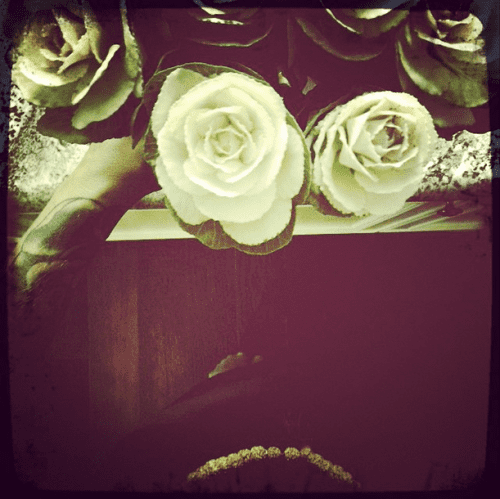
We don’t know exactly what happens when we die; we don’t know where we go or what it looks like or if there is anything else that exists on the other side—we only know what remains here when someone we love dies—and, we definitely don’t know what to say to the people we love when someone they love dies.
The death of my mama left me with a stark void that nothing could possibly fill, although I so desperately wanted to stuff it full of anything and everything to stop the pain that stayed. There was no space that felt safe enough to fall apart in. No words in this language to describe how my landscape had changed—how I had changed.
The moment the words “my mother died of lung cancer” fell from my lips, I would notice a subtle shift of light in the eyes of the person I was speaking to. A shadow falling, a signal that a wall made of their own fear was rising and there it would stand, huge and daunting, an obstacle between us that I had no idea how to get through.
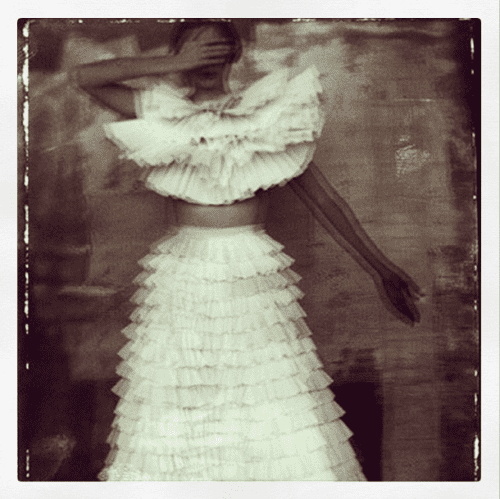
My response was to either shut down or, if my frustration or anger was particularly triggered, continue to talk blindly, sharing details and feelings to purposefully make them as uncomfortable as I felt in my own skin.
To keep myself alive—to survive—I clung to the idea that one day, after I was done grieving, I could ‘be myself’ again and that person—’the old me’—was just waiting for me to claim her.
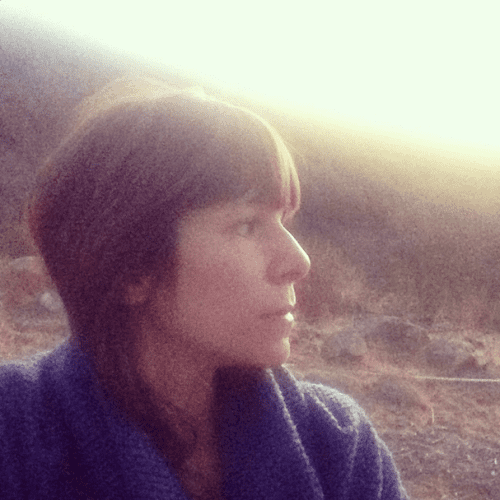
It took years of self-beating and numbing out to understand two things: First, I was never going to be who I was before her death, because the day she died, a part of me died, too.
Second, there is no such thing as completing grief.
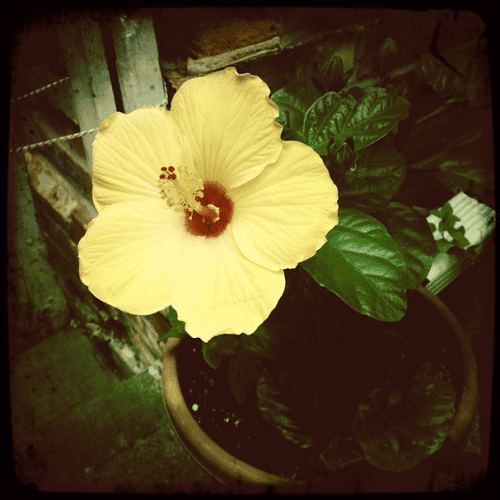
It isn’t a test or a feat to overcome—there are stages of intensity, yes, but much like addiction, grief demands that we learn how to live with her, riding the waves as she shrinks and expands as life continues to somehow propel us forward.
When left unattended and unspoken, grief has a habit of trying to claim the body as her own. The more we deny her existence, or wish her away without the willingness to hear what she has to say (to feel our feelings), grief will slowly seep into each muscle, wrap herself around each bone, make nests in our joints and fill every cell with pain.
The heat of her intensity will exist for as long as we allow it.
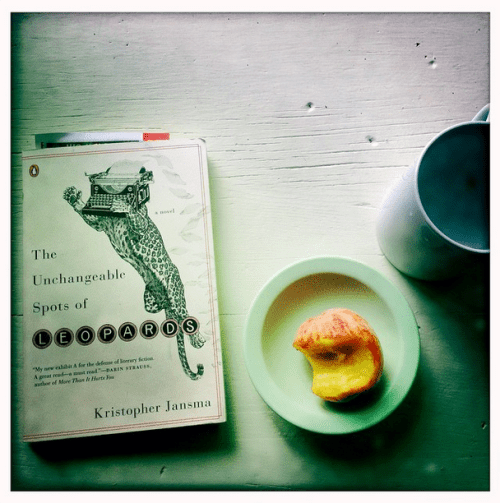
In the ten years since my mama has been gone, grief has become my greatest teacher and my most trusted companion—we know each other well, now, though it’s taken us time.
She informs this practice of being human and her language rolls off of my tongue easily because I allow her to live openly and speak of her often, no longer afraid or embarrassed of the place she holds.
It was in learning how to assign her to a special cavity in my heart that we discovered the healing alchemy between movement and creativity.
In the act of unrolling a yoga mat and moving my body and breath, grief (and memories and all-the-things I can never share with my mama in life) transform into words that I don’t know exist within me and as so I let them rise to the surface and tumble out of my fingertips, unearthed for the light to see.
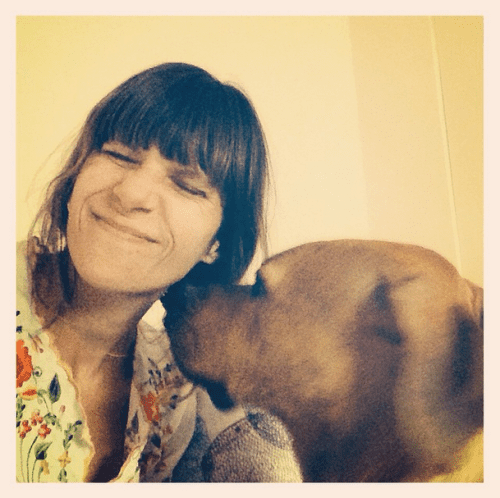
Bryonie’s life is rooted in the belief that when we come from a place of love, anything is possible. When not teaching yoga (at Misfit Studio and from time-to-time at 889 Yoga) or writing her heart to the bone (for Rebelle Society and elephant journal, where she some time ago stepped away from her role as Managing Editor), she can be found frolicking in the sun with her camera and her dog, Winston. You can connect with her on Facebook, Instagram and Twi


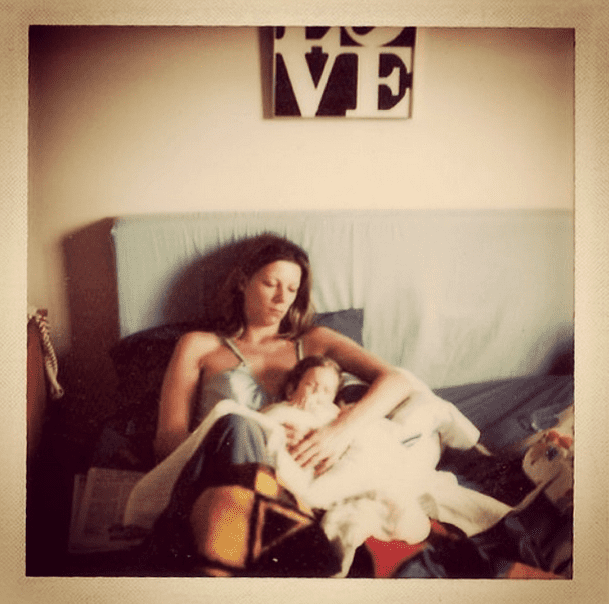

 Follow Us On Instagram
Follow Us On Instagram
